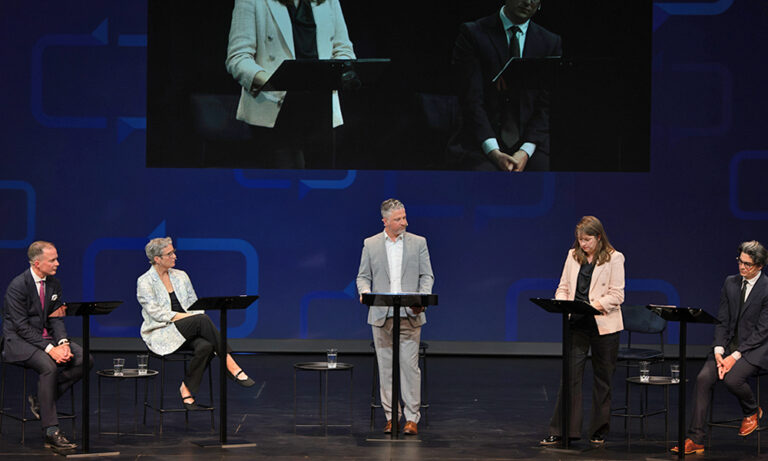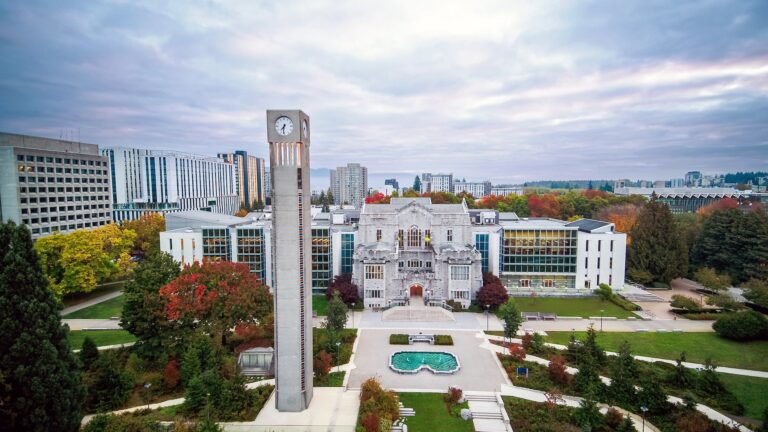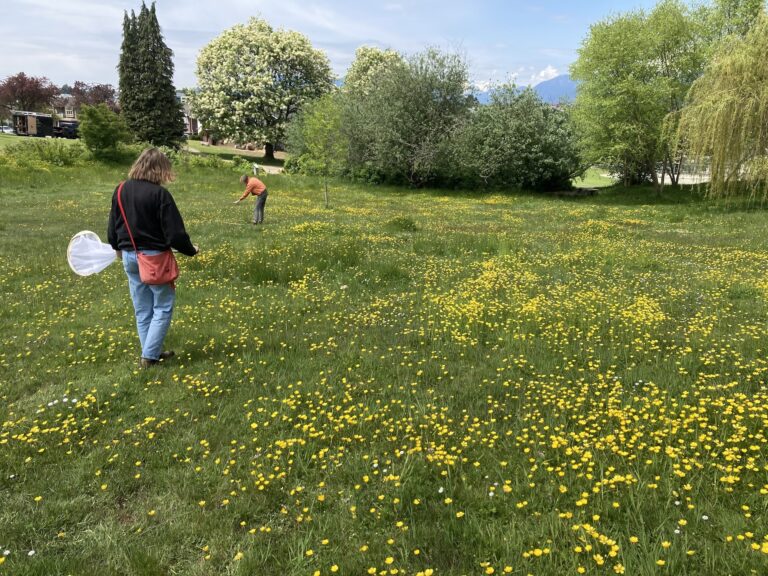Make a plan to reduce potential harms with these tips

1. If you suspect toxic drug poisoning, first contact 911 immediately.
At UBC Vancouver, follow-up with a call to Campus Security for first aid at 604-822-2222. Campus Security can also be reached via an Emergency Blue Phone, which are located across the Point Grey campus.
At UBC Okanagan, follow-up with a call to Campus Security for first aid at 250-807-8111. Campus Security can also be reached via an Emergency Blue Phone, which are located across the Okanagan campus.
2. Use drug-testing strips, or have drugs checked in advance.
At UBC Vancouver, fentanyl-testing strips are readily available at the Wellness Centre and Nurse on Campus booths, as well as AMS Peer Support, Sexual Assault Support Centre, and Resource Groups Lobby offices located in the Nest building. In addition, students can access the Hein Labs Harm Reduction dropbox in front of room A129 in Chemistry Block A for testing.
Additional drug-testing locations across the Vancouver Coastal Health region can be found here.
At UBC Okanagan, the Harm Reduction Team located in Picnic at the University Centre provides fentanyl-testing strips and information on where you can get your drugs tested and what the process looks like. You can also pick up naloxone kits, and learn more about safe drug use through confidential conversations with health professionals.
Additional drug-testing locations across the Interior Health region can be found here.
3. Carry naloxone and other harm-reduction supplies and be prepared to use them until help arrives. Information on where these are available for pick-up can be found above.
4. Consider using a supervised consumption and overdose prevention site if you’re planning on using drugs.
In the Vancouver Coastal Health region, more information on supervised consumption and overdose prevention sites can be found here.
In the Interior Health region, supervised consumption and overdose prevention sites can be found here.
5. Stay with friends who are using substances, watch for signs of toxic drug poisoning, and encourage them to stagger their use.
6. Explore apps like LifeguardConnect (Apple Store, Google Play) and The Brave App (Apple Store, Google Play) for accessible substance-use resources at the touch of your fingers.
7. Understand the resources available for those who are interested in recovery or treatment from substance use, many of which can be found on the UBC Student Services and the UBC Human Resources web pages.
Additional recovery resources from the Vancouver Coastal Health region can be found here.
Recovery resources from the Interior Health region can be found here.
8. Consider taking this quick questionnaire to connect with additional health and wellness resources available to the UBC community.
At UBC Vancouver, additional health and wellness resources can be found here.
At UBC Okanagan, additional health and wellness resources can be found here.



